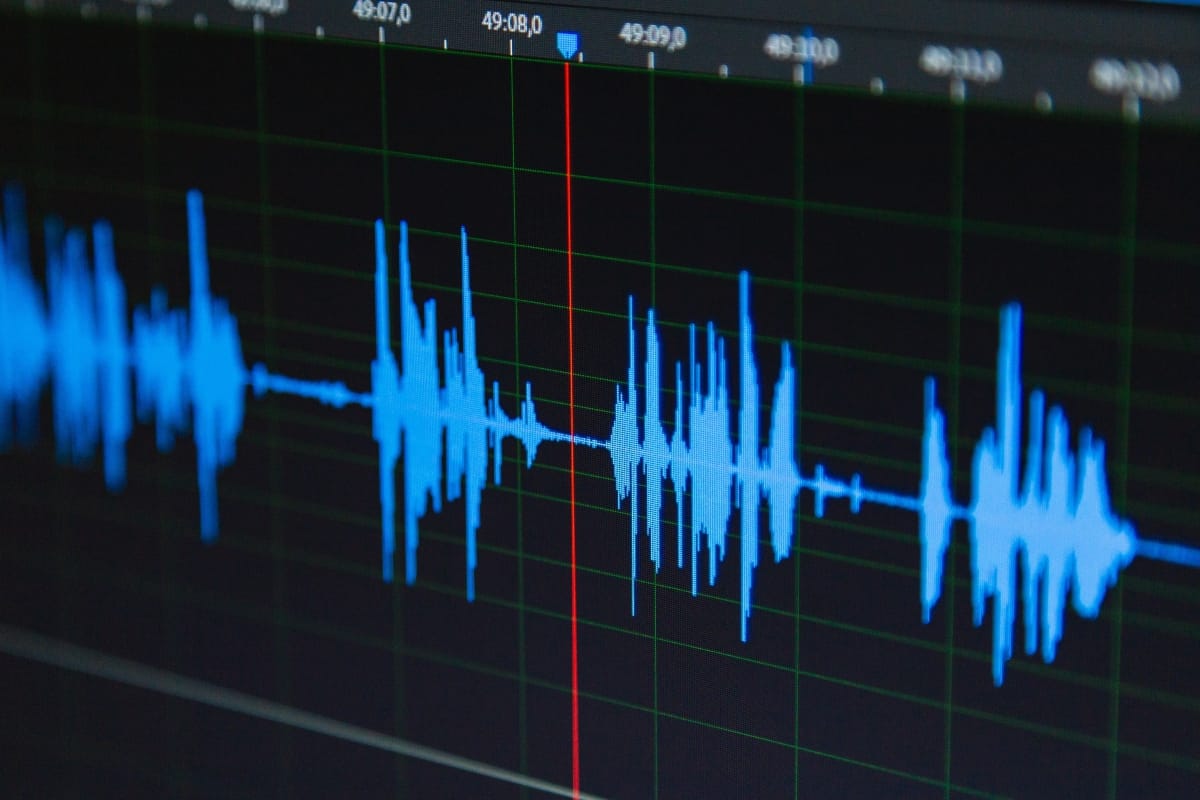There’s a reason attorneys lean in when a recording hits the courtroom. Audio can carry more than voices—it can hold context, reveal intent, or completely reshape a case.
In criminal defense, where every word matters and timing is everything, sound isn’t just evidence. It’s a lifeline.
That’s where the benefits of forensic audio analysis come into play.
Whether it’s a muffled conversation, a distorted voicemail, or a questionable recording pulled from a phone, forensic audio analysis has become an essential part of the modern defense playbook.
It’s not just about enhancing sound—it’s about uncovering the truth hiding beneath the noise and using it to mount a more focused, fact-driven legal strategy.
Let’s break down exactly how this science-backed art form can tip the scales of justice.

1. Clarifying the Unclear: Enhancing Poor-Quality Audio
You’ve probably heard a garbled recording before—maybe from a surveillance mic or a badly recorded phone call. Now, imagine that same kind of file being used as evidence in a criminal trial. Terrifying, right?
Forensic audio experts use advanced techniques to reduce background noise, isolate voices, and enhance intelligibility.
That means whispers can become audible, overlapping speech can be separated, and context can finally breathe. What was once a mess of static and echo can become a clean and usable piece of evidence.
And for defense teams? This can be a game-changer. Enhancing poor-quality audio allows them to challenge or confirm what was said—and, just as importantly, how it was said.
In cases involving alleged threats, confessions, or coercive statements, the tone and delivery can be just as critical as the words themselves.
By the way, these same principles often apply across other media formats as well, such as in video forensics, where poor-quality footage can similarly obscure the facts.
2. Detecting Edits, Splices, and Tampering
Here’s a hard truth: Not every audio file is what it seems. Recordings can be edited, chopped, or stitched together—sometimes intentionally, sometimes not. Either way, that’s dangerous when someone’s freedom is on the line.
One of the most powerful benefits of forensic audio analysis is the ability to detect whether a recording has been manipulated.
Analysts can look at background noise consistency, spectral patterns, and metadata to identify irregularities. Silence gaps that shouldn’t be there, changes in the acoustic environment, or unnatural transitions can all suggest tampering.
These techniques have parallels in other forensic disciplines, such as image forensics, where even subtle signs of photo manipulation can alter the direction of a case.
For the defense, this can cast serious doubt on audio evidence that appears damning at first glance. If even part of a recording is shown to be altered, its credibility may be irreparably damaged, making it easier to argue for exclusion or reduced evidentiary weight.
3. Establishing Context Through Background Sounds
Sometimes, the real story isn’t in the foreground. It’s what’s happening behind the main voices that can change the entire narrative.
Background sounds—like traffic noise, music, conversations, or even a dog barking—can help determine where and when a recording took place.
This kind of contextual detail can support or contradict testimony. For instance, if someone claims they were at home during a call, but the background audio contains ambient noise from a restaurant, that discrepancy becomes valuable.
In more serious cases, identifying a background gunshot or moment of impact can directly support or challenge the timeline of events.
And it goes deeper. Time of day can sometimes be inferred from audio content—like a passing train that only runs at certain hours or a background news broadcast with a timestamp.
These clues may seem minor, but they can be pivotal in dismantling shaky timelines or challenging fabricated alibis.
4. Strengthening Cross-Examination and Expert Testimony
Legal strategy isn’t just about proving your point—it’s also about challenging theirs. With the backing of a qualified forensic audio expert, defense attorneys can ask the right questions during cross-examination.
Was the recording edited? Was the equipment properly maintained? Were environmental conditions considered during interpretation?
By understanding and leveraging the benefits of forensic audio analysis, attorneys can expose weaknesses in the prosecution’s evidence, especially if law enforcement mishandled the original recording.
Better yet, they can introduce their expert testimony to present alternative interpretations or findings that favor the defense.
It’s not about throwing spaghetti at the wall and hoping something sticks. It’s about being surgical. Precise. And yes, sometimes a little bit bold.
A credible expert witness can do more than clarify audio. They can add weight, confidence, and clarity to the defense’s case theory, just as private investigators often seek expert testimony to support their findings in a case.
Don’t Let Murky Recordings Decide a Clear-Cut Case
When someone’s future hangs in the balance, there’s no room for doubt—especially not from a recording that “kind of” sounds like your client.
The benefits of forensic audio analysis aren’t just technical perks—they’re tools of justice. Tools that, when used wisely, can unravel false narratives, clarify the confusing, and give defense teams a much-needed edge.
At Stutchman Forensic Lab LLC, we specialize in transforming messy, unclear, or suspicious audio into courtroom-ready evidence.
With decades of experience and state-of-the-art tools, we help attorneys and their clients make sure every sound tells the full story—and nothing less. Because in the world of criminal defense, clarity isn’t optional. That’s everything.
Contact us today and ensure that every piece of audio evidence stands up to the highest standards of scrutiny.
